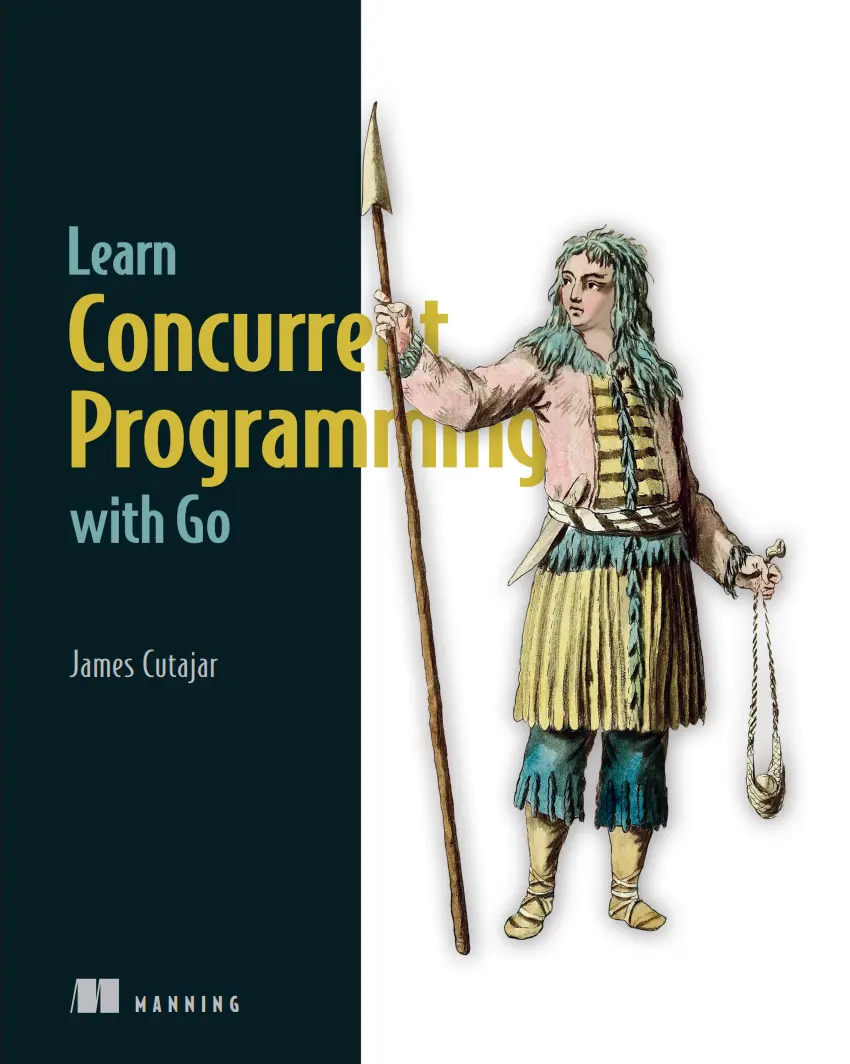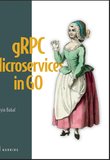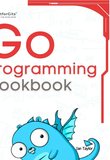-
.NET (.NET Core)
-
1C
-
APL
-
AWK
-
Agda
-
Agile/Scrum
-
Alef
-
Assembler
-
Basic
-
Beta Programming Language
-
Big Data/DataScience
-
C
-
C#
-
C++
-
CSS
-
Cobol
-
Crystal
-
D
-
Dart
-
DataBase (SQL)
-
Delphi
-
F#
-
Flutter
-
Fortran
-
GPT/AI/ИИ
-
GameDev
-
Git
-
Go (Golang)
-
HTML
-
Hacking and Security
-
Haskell
-
Java
-
JavaScript (JS)
-
Julia
-
Kotlin
-
Machine Learning (ML)
-
Natural language processing (NLP)
-
PHP
-
Pascal
-
Python
-
R
-
Ruby
-
Rust
-
Scratch
-
Swift
-
UML
-
UX/UI
-
Visual Basic
-
Wolfram
-
XML
-
АСУ
-
Проектирование/System Design
-
Сети/Network
-
Схемотехника/электронные схемы
-
.NET (.NET Core)
-
1C
-
APL
-
AWK
-
Agda
-
Agile/Scrum
-
Alef
-
Assembler
-
Basic
-
Beta Programming Language
-
Big Data/DataScience
-
C
-
C#
-
C++
-
CSS
-
Cobol
-
Crystal
-
D
-
Dart
-
DataBase (SQL)
-
Delphi
-
F#
-
Flutter
-
Fortran
-
GPT/AI/ИИ
-
GameDev
-
Git
-
Go (Golang)
-
HTML
-
Hacking and Security
-
Haskell
-
Java
-
JavaScript (JS)
-
Julia
-
Kotlin
-
Machine Learning (ML)
-
Natural language processing (NLP)
-
PHP
-
Pascal
-
Python
-
R
-
Ruby
-
Rust
-
Scratch
-
Swift
-
UML
-
UX/UI
-
Visual Basic
-
Wolfram
-
XML
-
АСУ
-
Проектирование/System Design
-
Сети/Network
-
Схемотехника/электронные схемы
Меню
Learn Concurrent Programming with Go

Автор: Cutajar James
Дата выхода: 2024
Издательство: Manning Publications Co.
Количество страниц: 329
Размер файла: 11,6 МБ
Тип файла: PDF
Добавил: codelibs
Preface
Acknowledgments
About this book
Who should read this book
How this book is organized: A road map
How to read the book
About the code
liveBook discussion forum
About the author
About the cover illustration
Part 1: Foundations
Chapter 1: Stepping into concurrent programming
1.1 About concurrency
1.2 Interacting with a concurrent world
1.3 Increasing throughput
1.4 Improving responsiveness
1.5 Programming concurrency in Go
1.5.1 Goroutines at a glance
1.5.2 Modeling concurrency with CSP and primitives
1.5.3 Building our own concurrency tools
1.6 Scaling performance
1.6.1 Amdahl’s law
1.6.2 Gustafson’s law
Chapter 2: Dealing with threads
2.1 Multiprocessing in operating systems
2.2 Abstracting concurrency with processes and threads
2.2.1 Concurrency with processes
2.2.2 Creating processes
2.2.3 Using multiprocessing for common tasks
2.2.4 Concurrency with threads
2.2.5 A multithreaded application in practice
2.2.6 Using multiple processes and threads together
2.3 What’s so special about goroutines?
2.3.1 Creating goroutines
2.3.2 Implementing goroutines in the user space
2.3.3 Scheduling goroutines
2.4 Concurrency versus parallelism
2.5 Exercises
Chapter 3: Thread communication using memory sharing
3.1 Sharing memory
3.2 Memory sharing in practice
3.2.1 Sharing a variable between goroutines
3.2.2 Escape analysis
3.2.3 Updating shared variables from multiple goroutines
3.3 Race conditions
3.3.1 Stingy and Spendy: Creating a race condition
3.3.2 Yielding execution does not help
3.3.3 Proper synchronization
3.3.4 The Go race detector
3.4 Exercises
Chapter 4: Synchronization with mutexes
4.1 Protecting critical sections
4.1.1 Using mutexes
4.1.2 Mutexes and sequential processing
4.1.3 Non-blocking mutex locks
4.2 Readers–writer mutexes
4.2.1 Go’s readers–writer mutex
4.2.2 Read-preferred readers–writer mutex
4.3 Exercises
Chapter 5: Condition variables and semaphores
5.1 Condition variables
5.1.1 Mutexes with condition variables
5.1.2 Missing the signal
5.1.3 Waits and broadcasts
5.1.4 Readers–writer locks
5.2 Counting semaphores
5.2.1 What’s a semaphore?
5.2.2 Building a semaphore
5.2.3 Never miss a signal
5.3 Exercises
Chapter 6: Waitgroups and barriers
6.1 Waitgroups in Go
6.1.1 Waiting for tasks
6.1.2 Semaphores for waitgroups
6.1.3 Changing size of waitgroup
6.1.4 Flexible waitgroup
6.2 Barriers
6.2.1 What is a barrier?
6.2.2 Barrier in Go
6.2.3 Matrix multiplication with barriers
6.3 Exercises
Part 2: Message passing
Chapter 7: Communication using message passing
7.1 Passing messages
7.1.1 Channels
7.1.2 Buffered channels
7.1.3 Directional channels
7.1.4 Closing channels
7.1.5 Receiving resu
Concurrency doesn’t need to be confusing. Start writing concurrent code that improves performance, scales up to handle large volumes of data, and takes full advantage of modern multi-processor hardware.
Too many developers think concurrency is extremely challenging. Learn Concurrent Programming with Go is here to prove them wrong! This book uses the easy-to-grasp concurrency tools of the Go language to demonstrate principles and techniques, steadily teaching you the best practices of effective concurrency. Techniques learned in this book can be applied to other languages.
In Learn Concurrent Programming with Go you will learn how to:
Implement effective concurrency for more responsive, higher performing, scalable software
Avoid common concurrency problems such as deadlocks and race conditions
Manage concurrency using goroutines, mutexes, readers-writer locks, and more
Identify concurrency patterns such as pipelining, worker pools, and message passing
Discover advantages, limits, and properties of parallel computing
Improve your Go coding skills with advanced multithreading topics
Concurrent programming allows multiple tasks to execute and interact simultaneously, speeding up performance and reducing user wait time. In Learn Concurrent Programming with Go, you’ll discover universal principles of concurrency, along with how to use them for a performance boost in your Go applications. Expert author James Cutajar starts with the basics of modeling concurrency in your programs, demonstrates differences between message passing and memory sharing, and even introduces advanced topics such as atomic variables and futexes.
About the technology
You can improve almost any application’s performance and responsiveness by introducing concurrency into the codebase. This book will show you how! It starts with the basics of concurrent programming and builds your skills step by step by exploring scenarios you’ll face every day as a developer. Author James Cutajar explains each aspect of concurrency in plain language using the intuitive features baked into the Go language.
About the book
Learn Concurrent Programming with Go provides a practical, hands-on introduction to creating software for modern multiprocessor systems. In it, you’ll learn how to divide larger programming tasks into independent parts that can run simultaneously. You’ll use the Go language to implement common concurrency patterns by utilizing readers-writer locks, semaphores, message passing, and memory sharing. The skills you learn will easily transfer to other languages.
What's inside
Prevent deadlocks and race conditions
Go concurrency features like goroutines, mutexes, channels, and more
Concurrency patterns including pipelining and worker pools
About the reader
For programmers with basic knowledge of Go or another C-style language. No experience in concurrent programming required.









